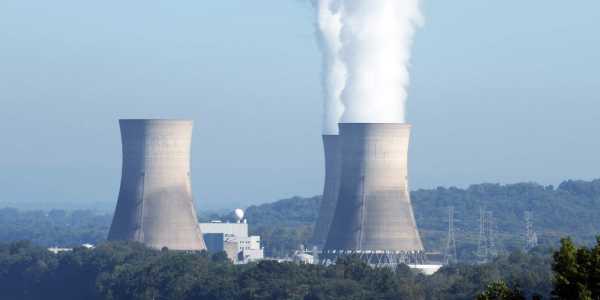The TrickyScribe: Carbon credit is a financial instrument that allows the holder, usually an energy company, to emit one ton of carbon dioxide. Credits are awarded to countries or groups that have reduced their greenhouse gases below their emission quota. Carbon credits can be legally traded in the international market at their current market price.

Air Pollution
Carbon credit system was a solution that came about near the end of the 20th century, as people became more aware that human industrial activity is potentially responsible for global warming and environmental degradation. The premise of the system is that a government or another body can regulate the total tons of carbon dioxide emitted but is given some flexibility as to how exactly the regulation is accomplished.
Carbon credit systems place a cost on carbon emissions by creating credits valued against one ton of hydrocarbon fuel. A carbon credit, then, is essentially a permit that allows the receiver to burn a specified amount of hydrocarbon fuel over a specified period of time. Credits are granted to companies or other groups that take action to measurably reduce carbon emissions.
READ MORE: Environment & Culture: Aspects of the Same Coin
Illustration
Trees of the Future, an environmentalist group that works to reduce megatons of greenhouse gases from the atmosphere, plants enough trees to reduce emissions by one ton and is awarded a credit. If a company has an emissions’ quota of 10 tons but is expected to produce 11 tons, it can purchase the carbon credit from the environmental group. The carbon credit system looks to reduce emissions by ensuring that all countries keep their overall carbon emissions in check.
The Kyoto Protocol
Carbon credit proposals have been spearheaded by the International Panel on Climate Change (IPCC) as a market-oriented mechanism to slow carbon emissions. An international carbon credit system was ratified in conjunction with Kyoto Protocol, and its market mechanisms were clarified at the subsequent conference in Marrakesh. In addition to the legally binding goals of the Kyoto Protocol, there are also voluntary carbon credit markets, such as in some cities in the United States.
The Kyoto Protocol divides countries between industrialized and developing economies. Industrialized, or “Annex I countries,” operate in an emissions trading market that gives each country it’s own emissions standards to meet. If a country beats its target, it can sell its surplus to countries that haven’t met their goals. The separate Clean Development Mechanism for developing countries issues carbon credits called Certified Emission Reductions (CER). These credits are issued for supporting sustainable development initiatives in developing countries and can be traded on a separate market.
2018 BUDGET REVIEW: Wider connotations, but little in the budget on climate change
Total Views: 3,32,040


